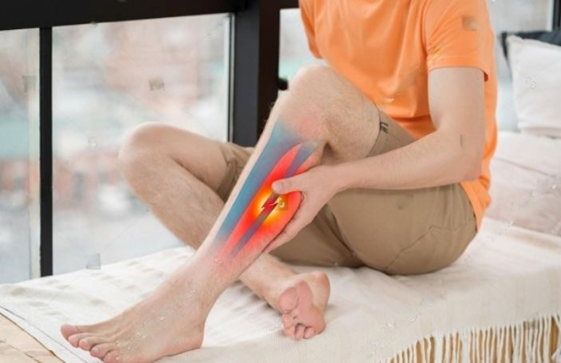Dr. rahul khanna
M.S. (ORTHO), FIASM, FIA
Specialist Joint Replacement, Arthroscopy & Sports Injury
Dr. rahul khanna
M.S. (ORTHO), FIASM, FIA
Specialist Joint Replacement, Arthroscopy & Sports Injury
From Sprains to Strains: A Comprehensive Guide to Sports Injuries

Understanding Sports Injuries
- Sprains:
- Strains:
- Fractures:
Sprains occur when ligaments, the tough bands of tissue that connect bones, are stretched or torn. They often result from sudden twists or impacts and can vary in severity.
Strains involve damage to muscles or tendons, the fibrous tissues that attach muscles to bones. Like sprains, strains can range from mild to severe and typically occur during activities that involve sudden or excessive stretching or overuse of muscles.
Fractures, or broken bones, can occur in any bone in the body and are often the result of falls, collisions, or repetitive stress. Their severity might range from little fractures to total breaks that must be fixed surgically.

- Tears:
Tendon or ligament tears are more severe injuries when these tissues are partially or completely torn. They often require medical attention and may necessitate surgery to repair.
Symptoms
- Pain, tenderness, or swelling at the injury site
- Difficulty moving the affected area
- Bruising or discoloration
- Limited range of motion
- Numbness or tingling
- Altered consciousness or confusion (in the case of concussions)
Preventing Sports Injuries: Tips for Athletes
- Warm Up Properly:
- Use Proper Technique:
- Gradually Increase Intensity:
- Wear Protective Gear:
- Listen to Your Body:
Always start your workouts or training sessions with a thorough warm-up to prepare your muscles and joints for activity.
Practice proper form and technique for your sport to avoid unnecessary strain on your body.
Avoid sudden spikes in training intensity or duration, as this can increase your risk of injury.
Use appropriate protective gear, such as helmets, pads, and braces, to reduce your risk of injury during sports activities.
Pay attention to signs of fatigue, pain, or discomfort, and don’t push through injuries. Rest and seek medical attention if necessary.
Recovering from Sports Injuries
- Rest:
- Ice and Compression:
- Elevation:
- Physical Therapy:
- Nutrition:
Give your body time to rest and recover from the injury, avoiding activities that exacerbate pain or discomfort.
Use ice packs and compression bandages to reduce swelling and inflammation in the affected area.
Elevate the injured limb or body part to reduce swelling and promote drainage of excess fluid.
Follow a structured physical therapy program to rehabilitate the injured area and restore strength, flexibility, and range of motion.
Maintain a balanced diet rich in nutrients, vitamins, and minerals to support the body’s healing processes and optimize recovery.
Empowering Athletes to Stay Strong and Healthy
Emergency?
24 Hour Ready
Call Us for Emergency